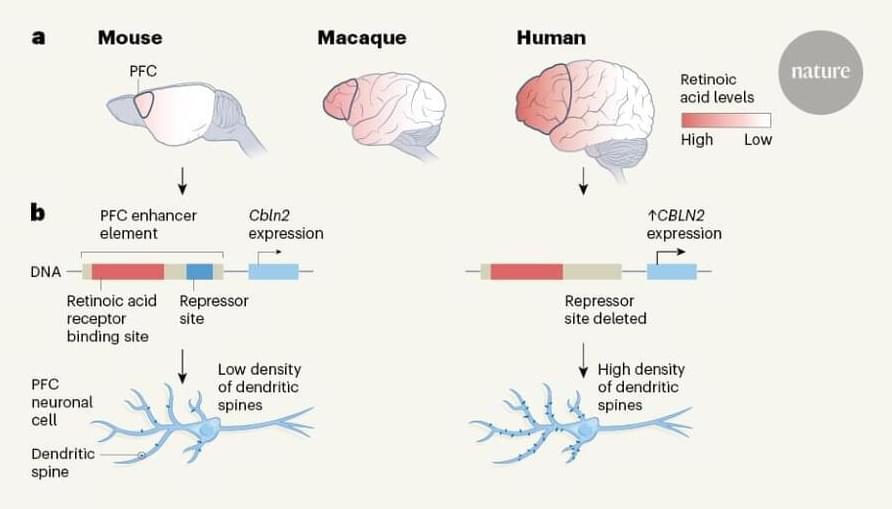
Looks kind of like a computer printer on big wheels.
We got to see Amazon’s latest gadget early — it’s the long-rumored robot.
We spent about 50 minutes with Astro. Like robots of the past (some have fizzled out; others have gone extinct like Anki’s Vector and Cozmo robots), it focuses on peace of mind in the likes of home monitoring and checking in on household members, along with providing entertainment. At the heart of Astro is Amazon’s smart assistant and artificial intelligence chops — so, yes, Alexa is on board just with an “Astro” wake word so that you can ask for the weather, a question or to go to a specific room.
So let’s break down Astro, what it can do and what we think after seeing this unique robot up close.
Continue reading “Amazon’s Astro home robot puts Alexa on wheels — but is it worth 
Looks kind of like a computer printer on big wheels.
We got to see Amazon’s latest gadget early — it’s the long-rumored robot.
We spent about 50 minutes with Astro. Like robots of the past (some have fizzled out; others have gone extinct like Anki’s Vector and Cozmo robots), it focuses on peace of mind in the likes of home monitoring and checking in on household members, along with providing entertainment. At the heart of Astro is Amazon’s smart assistant and artificial intelligence chops — so, yes, Alexa is on board just with an “Astro” wake word so that you can ask for the weather, a question or to go to a specific room.
So let’s break down Astro, what it can do and what we think after seeing this unique robot up close.,000?” | >









